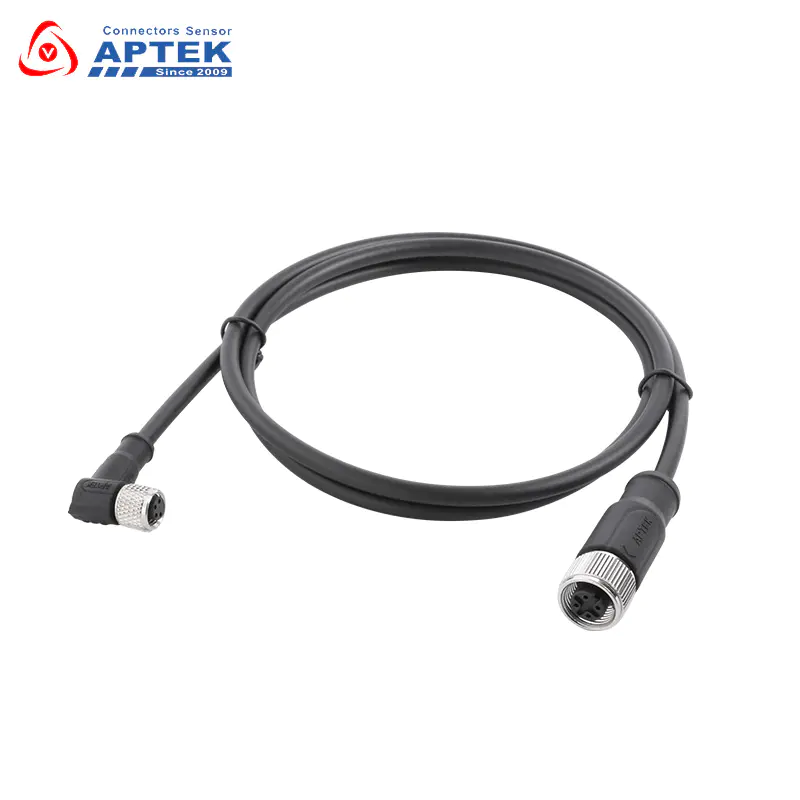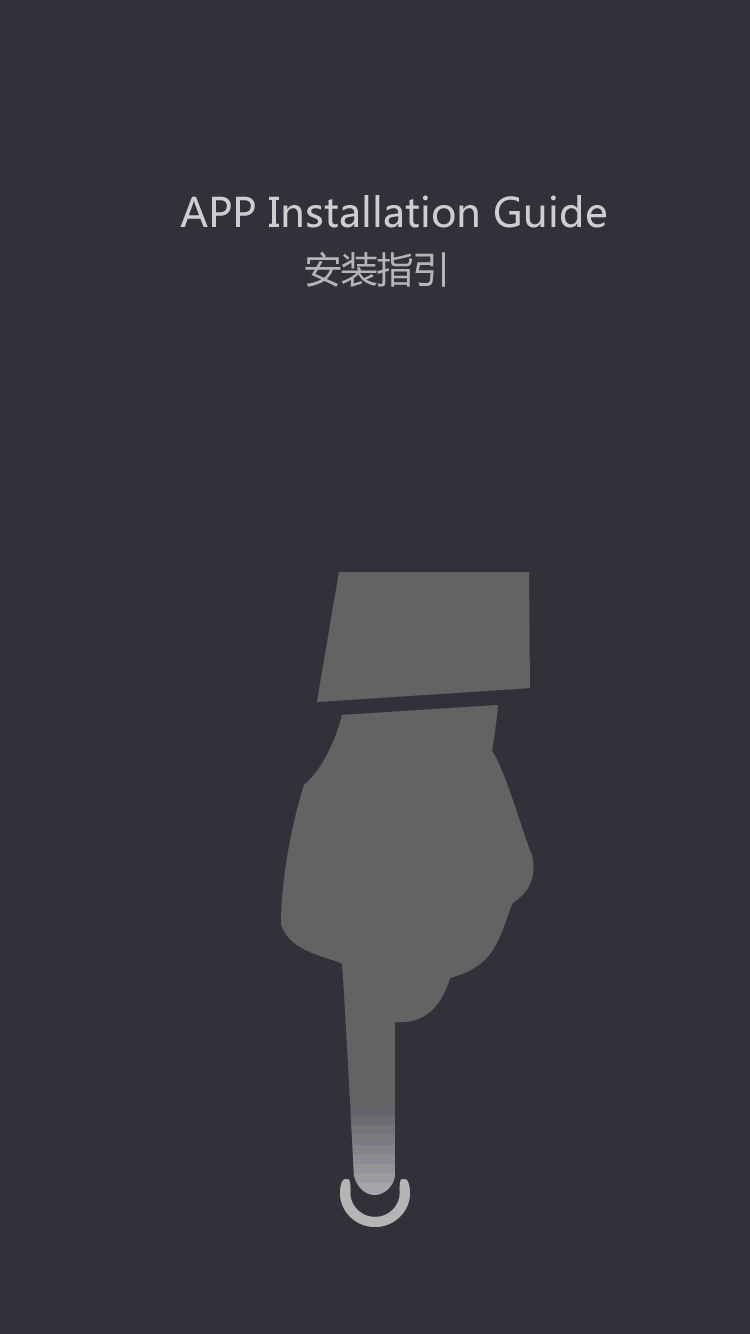what is usb type c reversible connector
USB Type-C Reversible Connector
USB Type-C, also known as USB-C, is a 24-pin USB connector system that has become increasingly popular in recent years. Its reversible connector design has been a major selling point, as it allows users to plug in their devices without worrying about the orientation of the plug. In this article, we will take a closer look at the USB Type-C reversible connector, its features, benefits, and its impact on the tech industry.
What is USB Type-C?
USB Type-C is a new USB connector and cable specification that was developed to support the growing need for faster data transfer speeds and higher power delivery. It is a reversible connector, which means that it can be plugged in either way, making it much more convenient than its predecessors. The USB Type-C connector is roughly the same size as a micro-USB connector, and it is designed to be used across a wide range of devices, including smartphones, tablets, laptops, and even some larger devices like monitors and printers.
One of the key features of USB Type-C is its ability to support a wide range of protocols using alternate modes. This means that the same connector can be used for USB, DisplayPort, Thunderbolt, and more, providing a high level of versatility for users. Additionally, USB Type-C supports USB 3.1, which offers data transfer speeds of up to 10 Gbps, as well as higher power delivery of up to 100W, allowing for faster charging of devices.
The Benefits of USB Type-C
The USB Type-C reversible connector brings several key benefits to users, manufacturers, and the tech industry as a whole. One of the most obvious benefits is the convenience of the reversible design, which eliminates the frustration of trying to plug in a USB cable the right way. This not only makes it easier for users to connect their devices but also reduces wear and tear on the connector and the device's ports.
Another significant benefit of USB Type-C is its support for multiple protocols and higher data transfer speeds. This allows for greater flexibility and efficiency when using different devices and peripherals, and it paves the way for the development of new and innovative products. For example, USB Type-C enables the creation of thinner and more lightweight laptops and smartphones, as well as the implementation of higher resolution displays and faster storage solutions.
In terms of power delivery, USB Type-C's support for up to 100W of power is a major improvement over previous USB standards. This means that devices can be charged more quickly, and it also opens up new possibilities for using USB Type-C for high-power applications such as external graphics cards and docking stations. The ability to deliver power in both directions also means that devices can charge each other, which can be especially useful in emergency situations.
Challenges and Adoption
While USB Type-C offers many advantages, it also presents some challenges and obstacles to widespread adoption. One of the main challenges is the need for manufacturers to transition from older USB standards to USB Type-C, which involves retooling production lines and redesigning devices. This can be a significant investment, especially for smaller companies, and it may take time for the transition to be completed.
Another challenge is the confusion and compatibility issues that can arise from the variety of protocols and features supported by USB Type-C. For example, not all devices that have a USB Type-C connector necessarily support USB 3.1 or alternate modes like DisplayPort. This can lead to frustration for users who may expect a certain level of performance or functionality from their devices and accessories.
On the consumer side, there is also the issue of compatibility with existing devices and accessories that use older USB standards. Adapters and dongles can help bridge the gap, but they add an extra layer of complexity and cost for users who want to use their new USB Type-C devices with their existing peripherals. Additionally, the market is flooded with low-quality and non-compliant USB Type-C cables and accessories, which can lead to safety and performance issues.
Despite these challenges, the adoption of USB Type-C is steadily growing, driven by the benefits and potential it offers. Many new laptops, smartphones, and other devices are now being equipped with USB Type-C ports, and companies like Apple, Google, and Microsoft have embraced the new standard in their product lines. As more devices and accessories become USB Type-C compliant, the ecosystem is expected to become more cohesive and user-friendly.
The Future of USB Type-C
Looking ahead, the future of USB Type-C is promising, with the technology poised to become even more prevalent and influential in the tech industry. As the transition to USB Type-C matures, more devices and accessories will become compatible, reducing the need for adapters and increasing the convenience and efficiency for users. This will further drive innovation and the development of new products and applications that leverage the capabilities of USB Type-C.
Additionally, as the demand for faster data transfer speeds and higher power delivery continues to grow, USB Type-C is positioned to meet these needs. The USB Promoter Group, the organization behind the development of USB standards, has announced the upcoming USB4 standard, which will be based on the Thunderbolt 3 protocol and will offer even faster data transfer speeds and higher power delivery. This will further expand the capabilities of USB Type-C and solidify its place as a versatile and future-proof connector.
In conclusion, USB Type-C reversible connectors are a significant advancement in the world of USB technology. With their reversible design, support for multiple protocols, and higher power delivery, USB Type-C connectors offer numerous benefits for users, manufacturers, and the tech industry as a whole. While there are challenges and obstacles to widespread adoption, the future looks bright for USB Type-C, with continued growth and innovation on the horizon. As the ecosystem matures and expands, USB Type-C is expected to become the standard for connecting and powering the devices of tomorrow.







